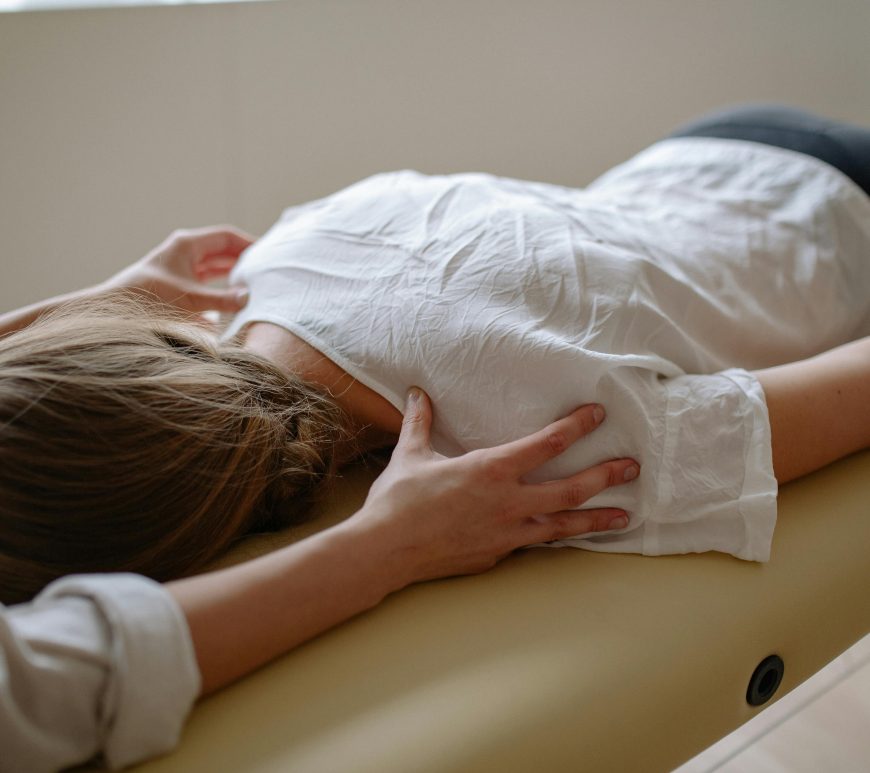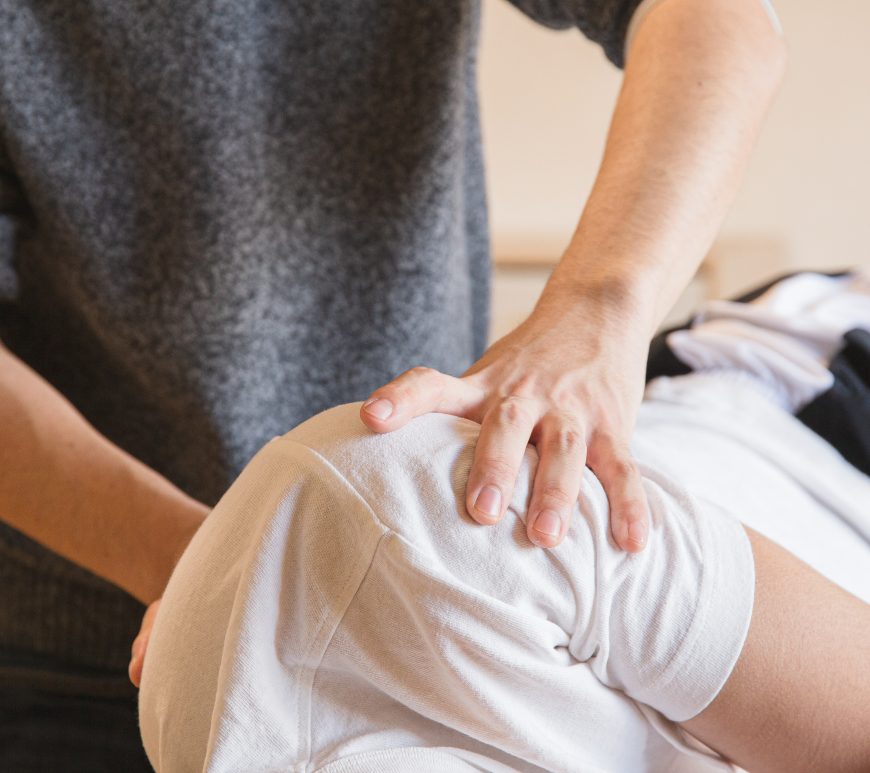
How effective is scapular repositioning in enhancing cervical range of motion in torticollis patients?
In 2013, the preliminary study conducted by Desai, et. al., aimed to investigate the immediate effects of a scapular repositioning technique on pain and pressure pain threshold (PPT) in patients with acute spasmodic torticollis. The study focused on understanding how this technique could alleviate symptoms associated with this condition. A randomized, single-blind pilot study was conducted with 23 individuals aged 20-40 years, all clinically diagnosed … Continue reading How effective is scapular repositioning in enhancing cervical range of motion in torticollis patients?



